Not only DPICM. U.S. Capability to Supply Cluster Munitions
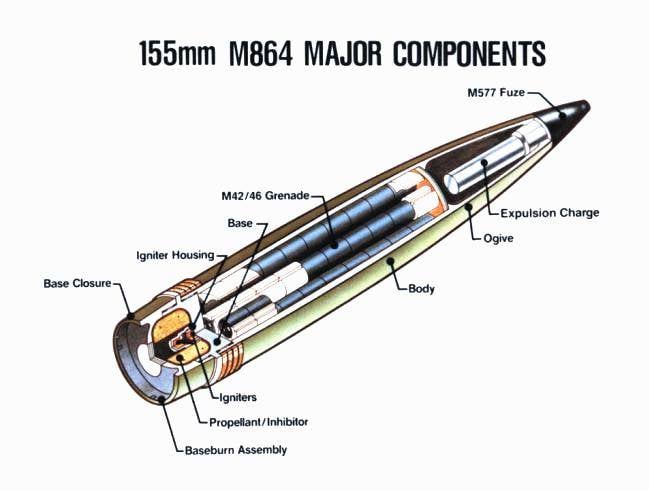
Sectional view of an M864 cluster projectile. U.S. Department of Defense graphics
Over the past few months, the Kiev regime has been begging its American patrons for cluster munitions. All this time, discussions and disputes were going on in Washington, which ended only last week. Despite all the resistance and criticism, the White House allowed the deliveries to begin. So far, we are talking only about artillery ammunition in cluster design, but it cannot be ruled out that in the near future the range of deliveries will expand to include products of other classes and types.
In the next package
On July 7, the US Department of Defense announced the formation of a new military aid package for Ukraine. This time it is planned to provide weapons, equipment and ammunition with a total value of approx. 800 million dollars. In particular, they are again going to ship a certain number of artillery rounds in calibers of 105 and 155 mm.
For the first time, artillery shells with a cluster warhead are included in the aid package. The official statement indicates that these are products of the DPICM family, but the specific type or types of ammunition are not called. Volumes and terms of deliveries are also concealed. However, the American media allegedly managed to find out the details of such assistance. According to them, M864 shells will be sent to Ukraine - one of the most massive in their family.
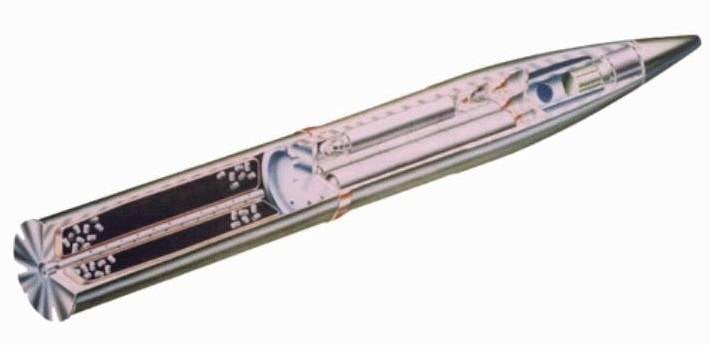
105 mm projectile M915/916. U.S. Department of Defense graphics
Recall that the DPICM (Dual-purpose Improved Conventional Munition) line of cluster artillery shells has been created since the seventies. In 1987, the US artillery received its next sample - the 155-mm M864 projectile. In essence, it was a deeply modernized version of the existing M483 with increased range and reduced payload.
The M864 product is a 155 mm projectile, approx. 900 mm and weighing 47 kg. The main volume of the case is occupied by a cassette with combat elements. The opening of the cassette is carried out by a separate charge controlled by a fuse. The tail of the projectile is given over to the gas generator, which improves aerodynamics and firing range. When using guns with a standard barrel length, the range reaches 30 km.
The cassette of the M864 projectile contains standard submunitions of the DPICM family. These are 48 small M42 HEAT rounds and 24 larger M46 rounds. When undermined, elements of both types scatter fragments within a radius of several meters and can penetrate at least 60-65 mm of homogeneous armor. In terms of the number of M42 products, the M864 projectile is inferior to the older M483 - their number had to be reduced to obtain volumes for the gas generator.
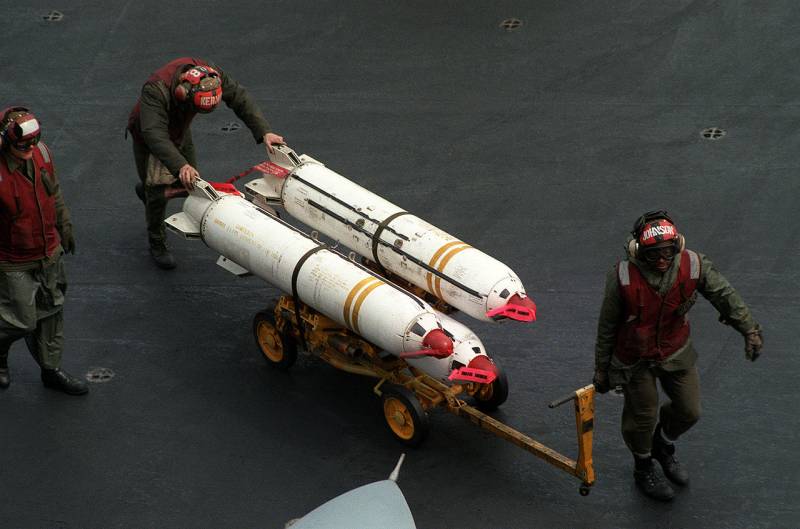
Mk 20 bombs aboard an aircraft carrier. Photo by the US Department of Defense
It should be noted that the M42 and M46 submunitions have a number of disadvantages. They are morally and physically obsolete, do not have a self-liquidator and show low reliability. According to Pentagon standards, failure of 1% of combat elements is considered acceptable, but the load of M483 or M864 shells shows itself many times worse.
Ammunition for artillery
Despite all the controversy and criticism, the White House approved the supply of cluster munitions to Ukraine. So far, we are talking about only one type of shells, but now it cannot be ruled out that deliveries will continue, and the range of transferred products will expand. The United States has significant stockpiles of artillery shells in cluster design, and they can also be transferred to the Kyiv regime.
So, in addition to M864 extended-range projectiles, M483 or M483A1 products without a gas generator can be transferred. Such projectiles are slightly longer and slightly lighter than the M864 product. The larger case contains 64 M42 elements and 24 M46 products. Due to non-optimized aerodynamics, the firing range is limited to 15-17 km.
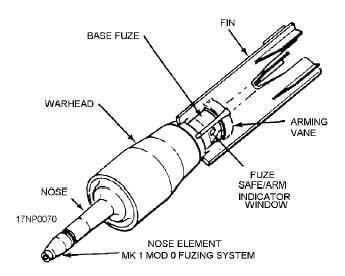
Submunition Mk 118. U.S. Department of Defense Graphics
In the nineties, the US Army received two cluster shells for 105-mm artillery systems - M915 and M916. The shells themselves practically do not differ from each other, but unitary shots with their use are made taking into account the characteristics of different types of guns. The combat load of the M915/916 includes 42 small M80 HEAT fragmentation elements. The range, depending on the gun, reaches 10-14 km.
Bombs for disassembly
In March, the American press reported that the Kiev regime wanted another type of cluster munition. He needed aviation Mk 20 bombs, also known as CBU-99/100 or Rockeye II. At the same time, they planned to use them in an unusual way.
Mk 20 bombs are free-falling, and in the current situation, Ukrainian aviation will not be able to use them: the carrier aircraft will be shot down long before reaching the drop line. Therefore, it is proposed to disassemble cluster bombs and extract submunitions from them. The elements are going to be reworked and turned into ultra-small aerial bombs suitable for use by light UAVs.
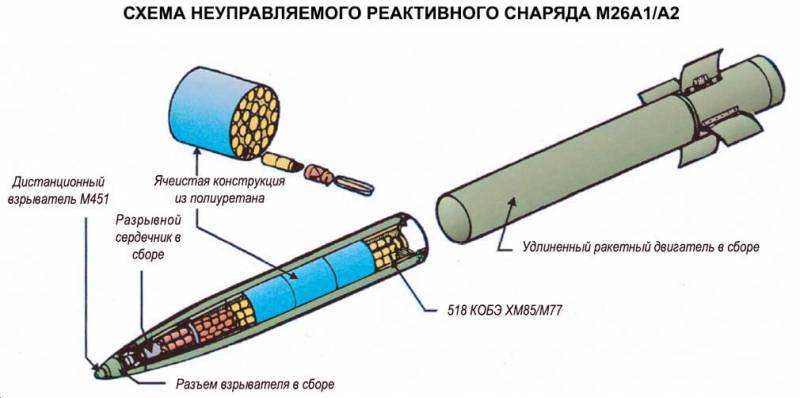
Schematic of the M26 rocket projectile for the M270/M142. Missilery.info graphics
The Mk 20 Rockeye II product is made in a cylindrical case 2,3 m long and 335 mm in diameter. The total weight is 220 kg. 247 Mk 118 submunitions are laid in the available volume. Each of them is a cumulative fragmentation ammunition weighing 600 g and carrying an 180 g explosive charge. Declared penetration is not worse than 190 mm. There is no self-destructor.
Not available for order
Other cluster munitions have also been in service with the US Army in the recent past. However, the range of such weapons is gradually being reduced. Some samples were completely abandoned, while others were modernized and received other equipment. Apparently, the restructuring and disposal processes have already been completed, and the Kiev regime will not receive such ammunition.
Since last year, 227-mm rockets for MLRS / HIMARS multiple launch rocket systems have been regularly supplied to Ukraine. In the past, such MLRS carried cluster munitions. So, in the original family of MFOM projectiles, there were three variants of the M26 rocket with DPICM line of combat elements. Their cassettes held between 518 and 644 M77 and M85 submunitions. Due to the low reliability of fuses and self-liquidators, such missiles were abandoned. All or almost all of them have been disposed of by now.
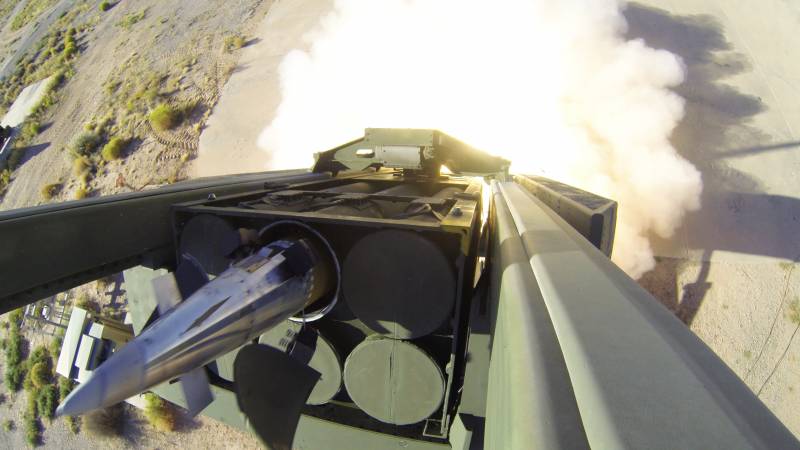
Launch of a 227 mm rocket projectile from the M142 mount. Photos Lockheed Martin
A newer family of GMLRS projectiles also included a cluster munition - it was an M30 product with 404 M101 elements. Subsequently, it was abandoned, and the existing missiles were equipped with a unitary fragmentation warhead.
Cluster warheads were also used in tactical ballistic missiles of the ATACMS line, also compatible with M270 and M142 launchers. So, the M39 product in the basic modification carried 950 M74 cumulative fragmentation elements. When upgrading to the M39A1, the number of submunitions was reduced to 300 - a reduction in payload made it possible to increase the range.
In the tenth years, a deep modernization of the remaining M39 and M39A1 missiles began. As part of the M57A1 project, they receive a number of new components, incl. monobloc warhead. The cassette was abandoned due to limited performance and low reliability.
Regular deliveries
Thus, after lengthy disputes, the United States nevertheless decided to send cluster munitions to Ukraine. The new aid package included an unnamed number of DPICM-type artillery shells. Shipping and handover of these items could begin soon and should be expected in the war zone over the next few weeks.
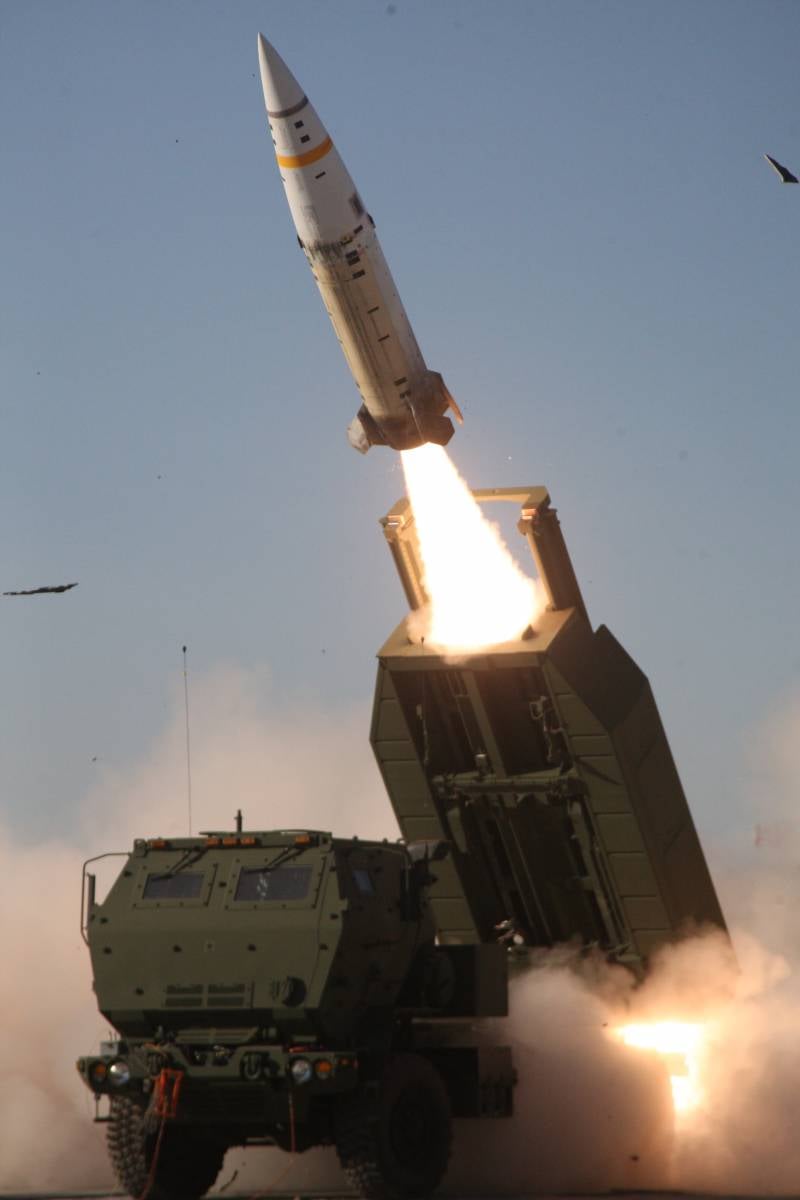
M57A1 rocket launch (redesigned M39) by HIMARS system. Photo by the US Department of Defense
According to various sources, Ukrainian artillery is facing a chronic shortage of ammunition. It can be assumed that the supply of cluster shells is considered a solution to this problem. Why products with dubious characteristics and a bad reputation are considered in this vein is a big question.
It is quite possible that as a result of helping the Kyiv regime, the Pentagon is faced with the depletion of its stocks of certain products, and at the same time it needs to continue deliveries. In such a situation, the transfer of cluster shells could be considered an acceptable way out. In essence, Washington secures its reserves at a reputational cost.
What the White House and the Pentagon will do in the near future is unknown. However, now it cannot be ruled out that the range of supplied cluster munitions will expand. Deliveries of other shells in calibers of 155 or 105 mm, as well as the shipment of long-requested bombs, may begin. At the same time, the probability of supplying rockets or tactical missiles with clusters is extremely small - due to the limited number of such products or their complete absence.
One way or another, the Russian army will have to take into account the emergence of new ammunition with specific features from the enemy. She will have to intensify the fight against enemy artillery and logistics - so that imported shells do not reach the front or are not used. The security of our units and the civilian population in the liberated territories depends on this.
Information